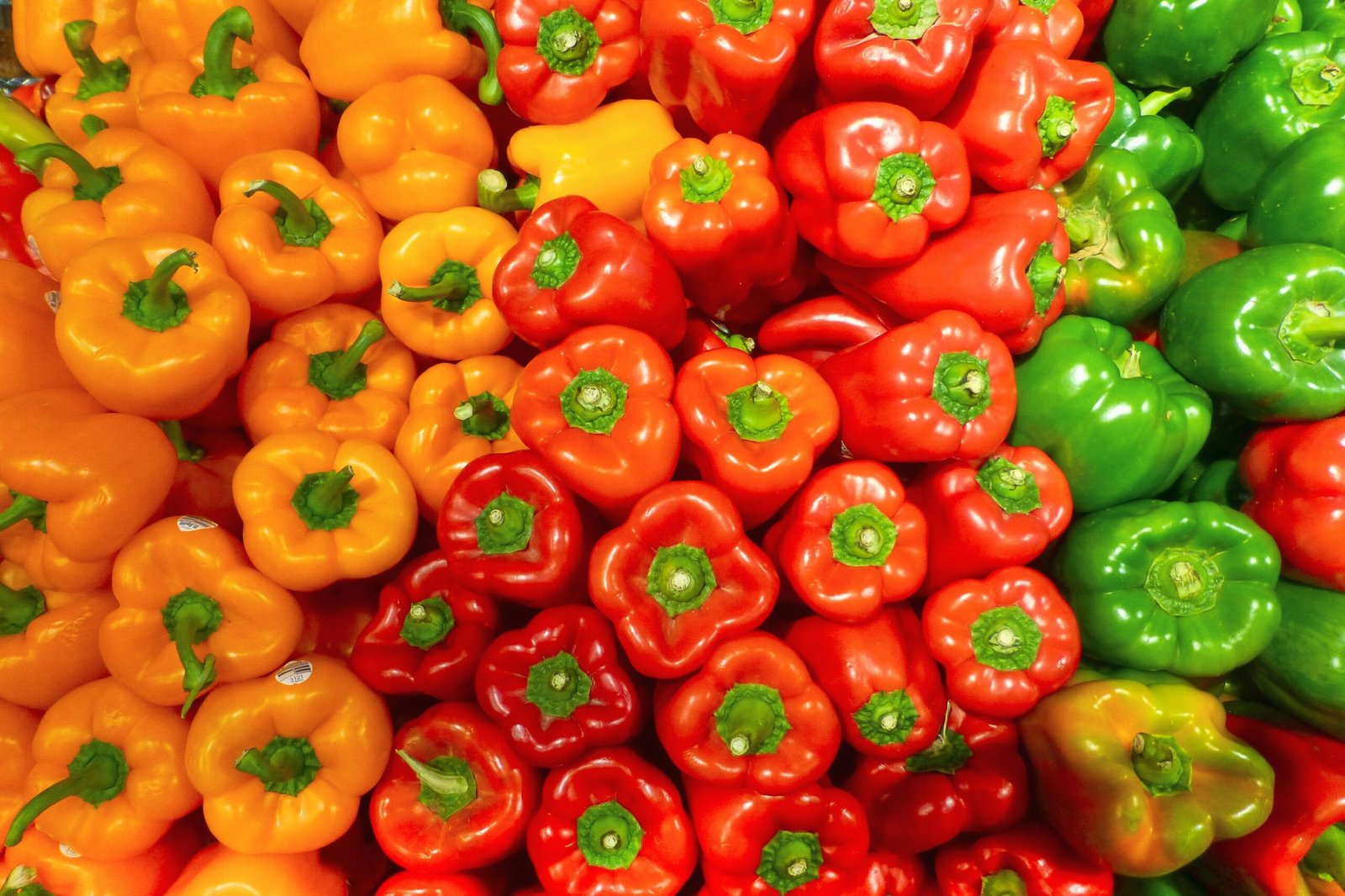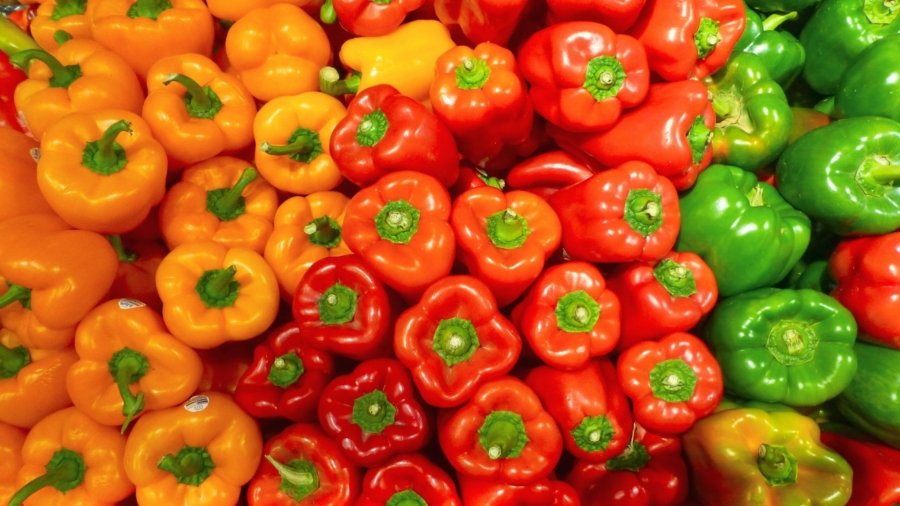
Introduction
Peppers are a staple ingredient in many cuisines around the world. They come in a variety of shapes, sizes, and colors, and add a unique flavor and heat to dishes. The heat of a pepper is often measured using Scoville units, a scale that quantifies the spiciness of peppers. In this article, we will explore what Scoville units are and how they are used to measure the heat of a pepper.
What are Scoville Units?
Scoville units are a measurement of the heat or spiciness of peppers. They were developed by a pharmacist named Wilbur Scoville in 1912. The Scoville scale is a subjective test that measures the concentration of capsaicin, the compound responsible for the heat in peppers.
How Do You Measure Scoville Units?
To measure Scoville units, a panel of tasters is assembled. These tasters sample different dilutions of a pepper extract until they can no longer detect any heat. The heat level of the pepper is then determined by the degree of dilution required to eliminate the spiciness.
The original method developed by Wilbur Scoville involved diluting the pepper extract with sugar water. The tasters would taste the diluted solution and determine the level of heat. The more dilution required to eliminate the heat, the higher the Scoville rating of the pepper.
Modern Methods of Measuring Scoville Units
While the original Scoville method was subjective and relied on human tasters, modern technology has provided more accurate and objective ways to measure Scoville units. High-performance liquid chromatography (HPLC) is now commonly used to determine the concentration of capsaicinoids in peppers.
HPLC involves separating and analyzing the different compounds present in a pepper. The concentration of capsaicinoids, including capsaicin, dihydrocapsaicin, and others, is measured and used to calculate the Scoville rating of the pepper. This method provides a more precise and consistent measurement of the heat of a pepper.
Interpreting Scoville Ratings
Peppers can vary widely in their Scoville ratings. Mild peppers, such as bell peppers, have a Scoville rating of 0, as they contain no capsaicin. On the other end of the spectrum, some of the hottest peppers in the world, like the Carolina Reaper or the Trinidad Moruga Scorpion, can have Scoville ratings exceeding 2 million.
Here are some common peppers and their approximate Scoville ratings:
– Bell Pepper: 0 Scoville units
– Poblano Pepper: 1,000-2,000 Scoville units
– Jalapeno Pepper: 2,500-8,000 Scoville units
– Habanero Pepper: 100,000-350,000 Scoville units
– Ghost Pepper: 800,000-1,041,427 Scoville units
It’s important to note that individual peppers of the same variety can vary in their heat level. Factors such as growing conditions, ripeness, and genetics can all influence the spiciness of a pepper.
Why Measure the Heat of Peppers?
Measuring the heat of peppers is important for several reasons. Firstly, it allows consumers to make informed choices about the peppers they use in their recipes. Some people enjoy the intense heat of hot peppers, while others prefer milder options. Knowing the Scoville rating of a pepper can help individuals select the right pepper for their desired level of spiciness.
Additionally, measuring the heat of peppers is essential in the food industry. Hot sauces, salsas, and other spicy products often advertise their Scoville ratings to give consumers an idea of how hot the product is. This information helps consumers choose products that align with their taste preferences.
Conclusion
Scoville units are a valuable tool for measuring the heat of peppers. They provide a standardized scale that allows us to compare the spiciness of different peppers. Whether you prefer mild peppers or enjoy the intense heat of the hottest varieties, understanding Scoville units can help you make informed choices when cooking or selecting spicy products. So, the next time you reach for a pepper, remember that its Scoville rating is a measure of its heat.

